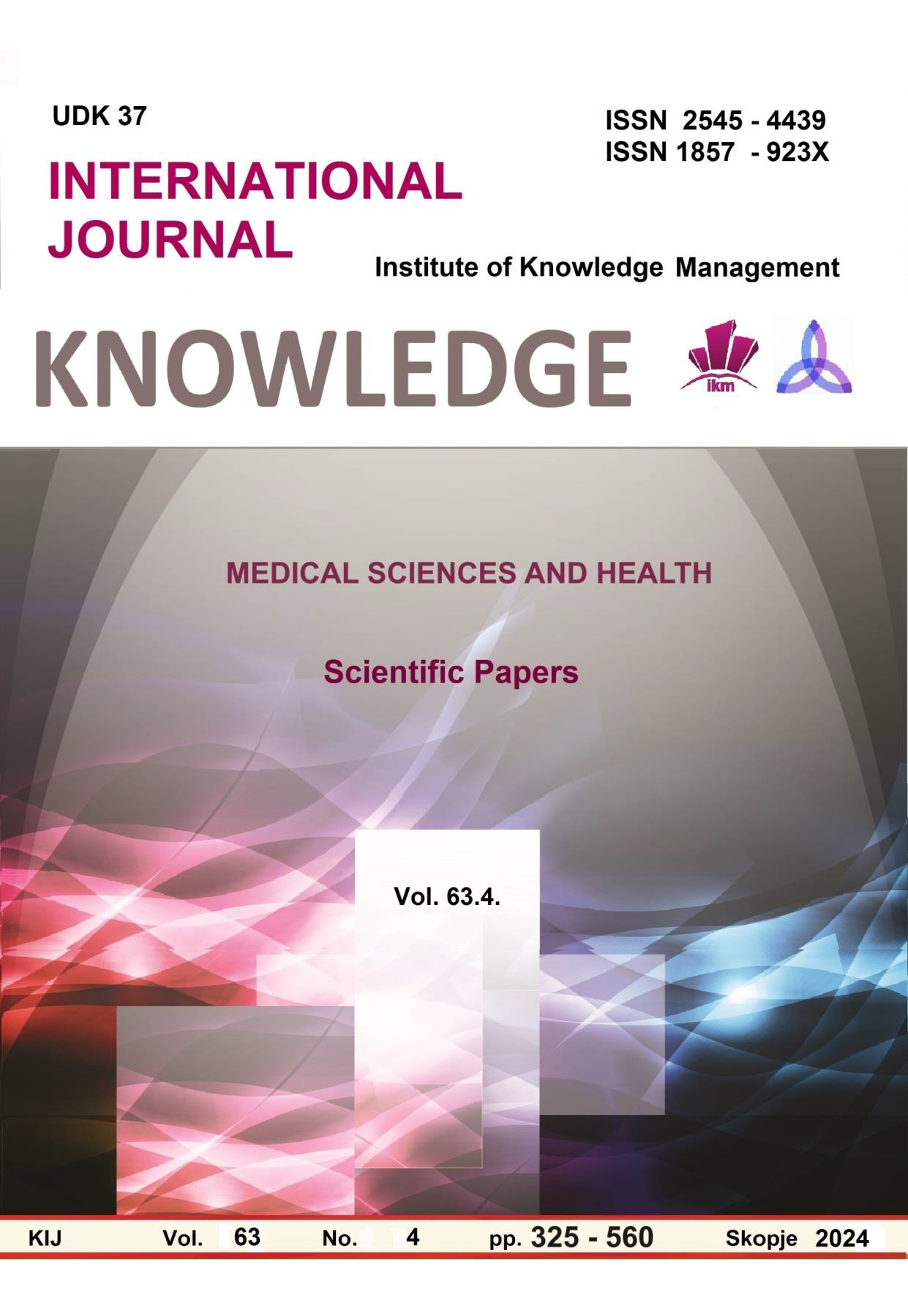CHANGE IN PEAK OXYGEN CONSUMPTION AND EXERCISE ECONOMY IN MALE AND FEMALE WEIGHTLIFTERS AFTER A 20-DAY TRAINING PROGRAM
CHANGE IN PEAK OXYGEN CONSUMPTION AND EXERCISE ECONOMY IN MALE AND FEMALE WEIGHTLIFTERS AFTER A 20-DAY TRAINING PROGRAM
Author(s): Dobrin Popov, Nikolay Boyadjiev, Kostadin Kanalev, Krikor Indjian, Iliyan Dimitrov, Penka AngelovaSubject(s): Social Sciences, Sports Studies
Published by: Scientific Institute of Management and Knowledge
Keywords: peak oxygen consumption;exercise economy;weightlifters;strength training
Summary/Abstract: Maximal oxygen consumption (VO2max) is an integral indicator of the state of the cardiovascular system, respiration, the capacity of blood to transport oxygen, and the ability of muscles to use oxygen to generate energy for muscle contraction. Another important indicator of the body's adaptation to exercise is exercise economy. Exercise economy (EE) is defined as the required oxygen consumption at a given submaximal exercise intensity with a steady state achieved. It is considered an important indicator in sports physique, which is of particular importance in endurance sports. The EE is easily determined, but behind the value of this index is a complex combination of various metabolic, cardiorespiratory, biomechanical and neuromuscular characteristics that are unique to everyone. Objective: The aim of the present study was to determine the effect of a 20-day intensive training program on maximal oxygen consumption and exercise economy in elite male and female weightlifting athletes. Material and methods: A group of 21 elite weightlifters (male, n=12 and female, n=11) voluntarily underwent ergospirometry tests (Shiller ergospirometry system, AT 104, Switzerland) to determine peak oxygen consumption (VO2peak) before the beginning and after the end of a 20-day intensive training program. All athletes signed informed consent documents and underwent a medical examination before the exercise testing. Ergospirometry tests were performed with a cycle ergometer, with a step increase in load. The obtained data were processed by paired samples t-test, P<0.05 was considered as statistically significant difference, (SPSS, v. 13). Results: Peak work power (W) was unchanged in both sexes (P>0.05). Peak heart rate was also unchanged (P>0.05). Administration of a 20-day intensive training program resulted in a decrease in VO2peak in male athletes (before 2.17±0.40 l/min, after 1.93±0.31 l/min, P=0.017), as well as in female weightlifters (before 1.48±0.15 l/min, after 1.24±0.14 l/min, P=0.002). In men, exercise economy defined as oxygen consumption at 70% of peak workload was improved (before 1.64±0.47 l/min, after1.24±0.26 l/min, P=0.003). This was confirmed by the determination of EE as oxygen consumption at 70% of peak heart rate (before 0.768±0.25 l/min, after 0.515±0.14 l/min, P=0.004). We found no change in exercise economy in women. Conclusion: Despite the short duration of the intensive training program, VO2peak significantly decreased in both men and women. Exercise economy was increased only in male weightlifters. Further studies are needed to elucidate in detail the influence of intensive strength training on the body's adaptation to exercise.
Journal: Knowledge - International Journal
- Issue Year: 63/2024
- Issue No: 4
- Page Range: 540-543
- Page Count: 4
- Language: English

